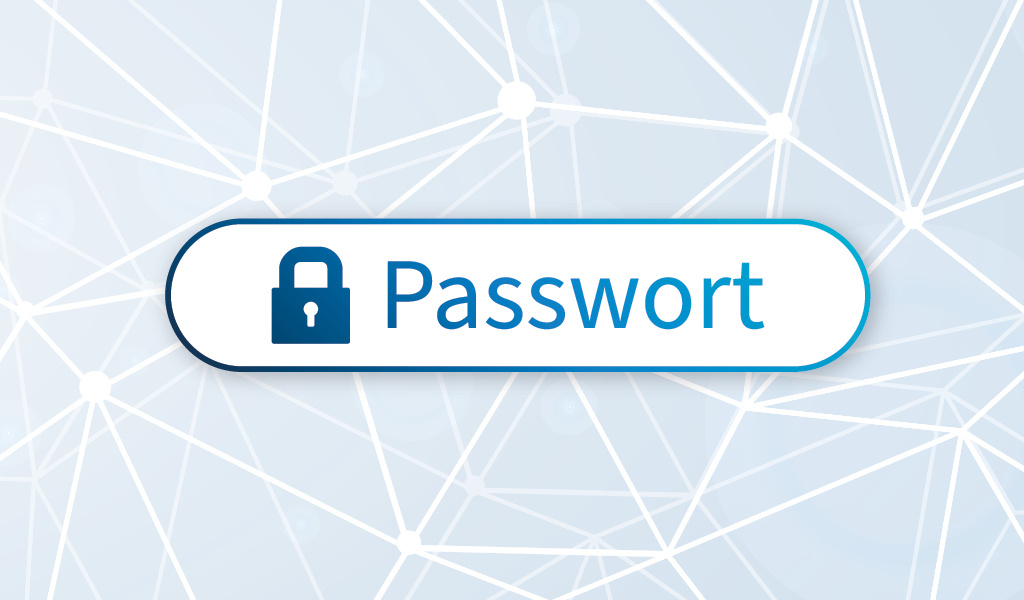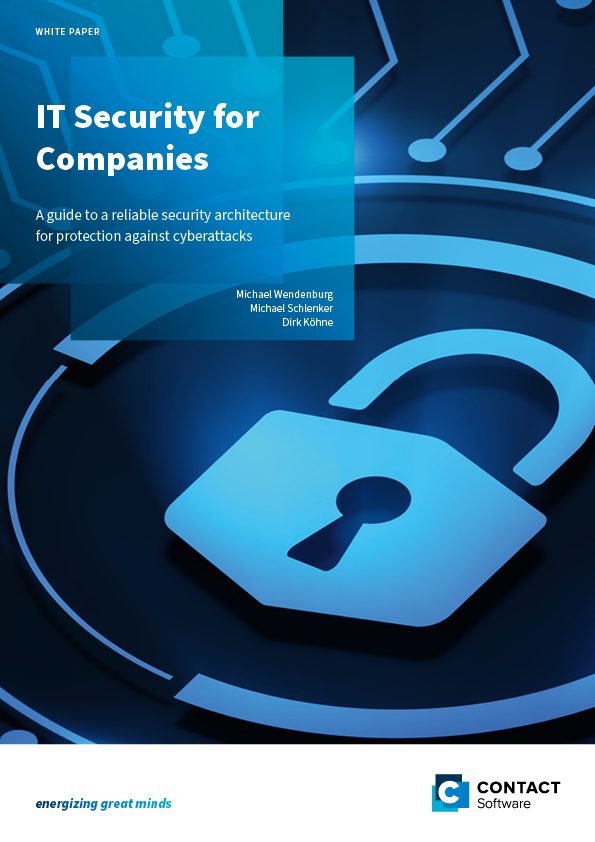“Country of poets and thinkers” or ” Country of ideas”: Germany is proud of its writers, scientists, researchers, and engineers. And of its meticulous bureaucracy, which aims for absolute precision in statements or indications. Combined, this often results in awkward word creation when naming technical terms. A current example of this is the “Verwaltungsschale” (literally: administration shell), whose innovative potential and central relevance for Industry 4.0 are not immediately apparent.
What exactly is a “Verwaltungsschale”?
The “Verwaltungsschale” is not a dusty administrative authority, but the very German translation of the English term “Asset Administration Shell” (AAS). The AAS is a standardized complete digital description of an asset. An asset is basically anything that can be connected as part of an Industrie 4.0 solution (for example, plants, machines, products as well as their individual components). It contains all information and enables the exchange and interaction between different assets, systems, and organizations in a networked industry. Therefore, it is pretty much the opposite of a sluggish authority and currently the buzzword in digital transformation.
As with many new topics, definitions of AAS vary and are quite broad. From very specific like the Asset Administration Shell as an implementation of the digital twin for Industry 4.0 to the loose description of AAS as a data plug or integration plug for digital ecosystems.
I prefer the representation of the AAS as a metamodel for self-describing an asset. With this metamodel, further models can be generated to provide collected information. Through the use of software, these models are then “brought to life” and are made available to others via interfaces.
Concept and usage of the Asset Administration Shell
As a digital representation of an asset, the AAS provides information or functions related to a specific context through its submodels. Examples include digital nameplates, technical documents, the component or asset structure, simulation models, time series data, or sustainability-relevant information such as the carbon footprint. The information is generated along the various phases of the lifecycle, and it depends on the specific value network which asset information is of importance. Thus, submodels are initially created in certain lifecycle phases, specified and elaborated in subsequent phases, and enriched or updated with information in the further process. Thereby, the AAS refers to either a very generic (type) or a very concrete (instance) representation of an asset.
As assets change over time (as-defined, as-designed, as-ordered, as-built, as-maintained), so does the Asset Administration Shell. Thus, multiple AASs can exist for the same asset over the lifecycle. In order to utilize the information in the AAS within its value network, it needs to be accessible. Access is usually given via the Internet or via the cloud (repository-deployed AAS). In intelligent systems, the management shell can also be part of the asset itself (asset-deployed AAS).
Information can be exchanged in various ways. Either via files, so-called AASX files (AAS type 1), via a server-client interaction such as RestAPI (AAS type 2) or via peer-to-peer interaction (AAS type 3), in which the AASs communicate independently using the so-called I4.0 language and perform tasks cooperatively.
While type 1 and 2 take a passive role in the value network and are more likely to be used with repository-held AAS, type 3 describes an active participation in the value network and is more likely to be used with asset-held AAS running smart products.
Common standards connect!
No matter what type of Asset Administration Shell you choose: Important is that the recipient and the provider speak the same language. To achieve this, the exchange of concrete information must be standardized. Considering the amount of different industries, scenarios, assets, and functions, this is an immense number of submodels that need to be standardized. Organizations and associations such as the Industrial Digital Twin Association (IDTA), formed by research institutes, industrial companies, and software providers, are tackling this mammoth task. The rapidly growing number of members as well as the lively exchange at trade fairs and conferences among each other illustrate the potential for the industry. It is important not to leave SMEs behind, but to involve them in the standardization work in the best possible way.
Conclusion
The Asset Administration Shell is at the core of successful Industrie 4.0 scenarios. It enables manufacturer-independent interoperability and simplifies the integration of all types of assets into a collaborative value network. It increases efficiency within production processes by providing complete transparency of the real-time status of each asset. And it also offers a comprehensive security concept to protect the data. Within a very short time, the AAS has thus transformed from a theoretical construct to a real application in practice. Together with partners from research and industry, we are working within the ESCOM and Flex4Res research projects to make it usable on an industrial scale.





